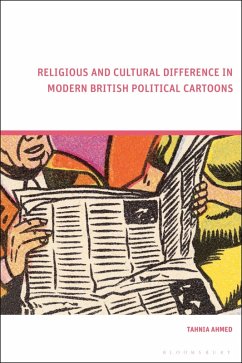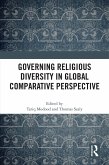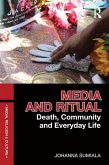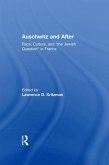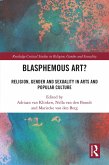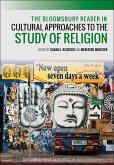Focusing on British broadsheets such as The Times and The Guardian, and tabloid publications such as The Sun and The Daily Mail, this book looks at the visualization of post-colonial Britain through cartoons.
Tahnia Ahmed examines how Irish, Jewish, Sikh and Muslim communities are Othered, interrogating the patterns and trends in the way they are depicted - both consciously and unconsciously - by cartoonists in Britain from the 20th century onwards. She reveals how cartoonists such as Nicholas Garland and Peter Brookes present assimilation as the goal for the portrayed minorities. At the same time, this goal is deemed impossible
because difference is ontological and unchangeable.
Central to the cartoons explored in this book is the construction of identity and the concept of 'us', demonstrating the role cartoons play in the stability and enduring power of the archetype. Ahmed suggests that cartoons illustrate how racial and religious prejudice subtly interface and reinforce one another. A depiction of religious difference, Ahmed argues, is often actually a cover for outright racism.
Tahnia Ahmed examines how Irish, Jewish, Sikh and Muslim communities are Othered, interrogating the patterns and trends in the way they are depicted - both consciously and unconsciously - by cartoonists in Britain from the 20th century onwards. She reveals how cartoonists such as Nicholas Garland and Peter Brookes present assimilation as the goal for the portrayed minorities. At the same time, this goal is deemed impossible
because difference is ontological and unchangeable.
Central to the cartoons explored in this book is the construction of identity and the concept of 'us', demonstrating the role cartoons play in the stability and enduring power of the archetype. Ahmed suggests that cartoons illustrate how racial and religious prejudice subtly interface and reinforce one another. A depiction of religious difference, Ahmed argues, is often actually a cover for outright racism.

